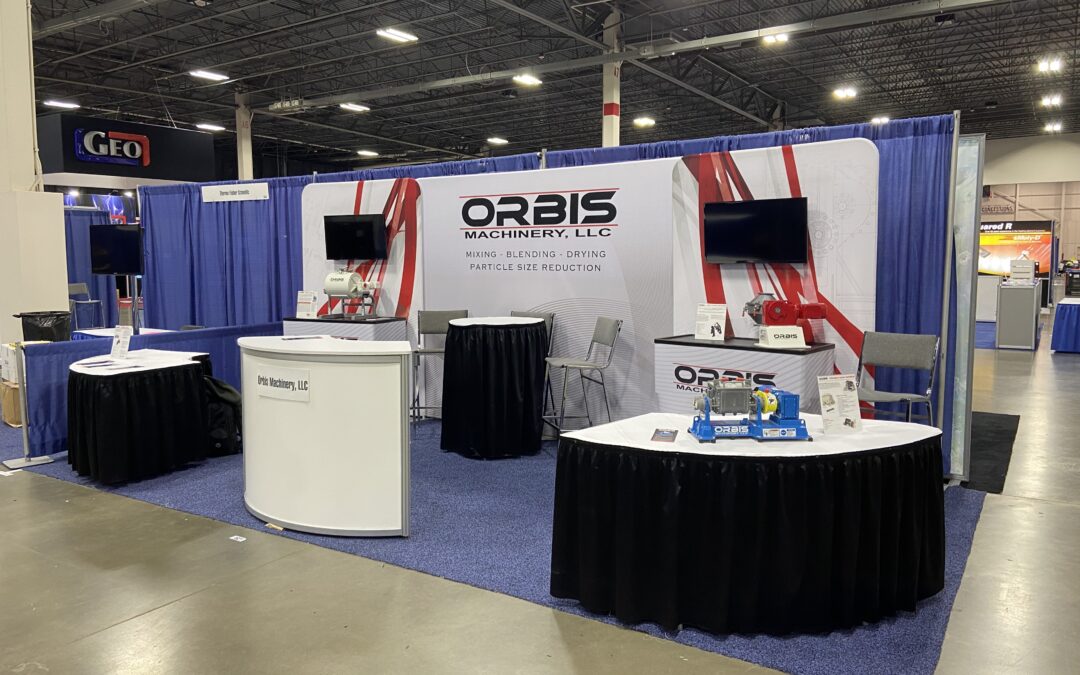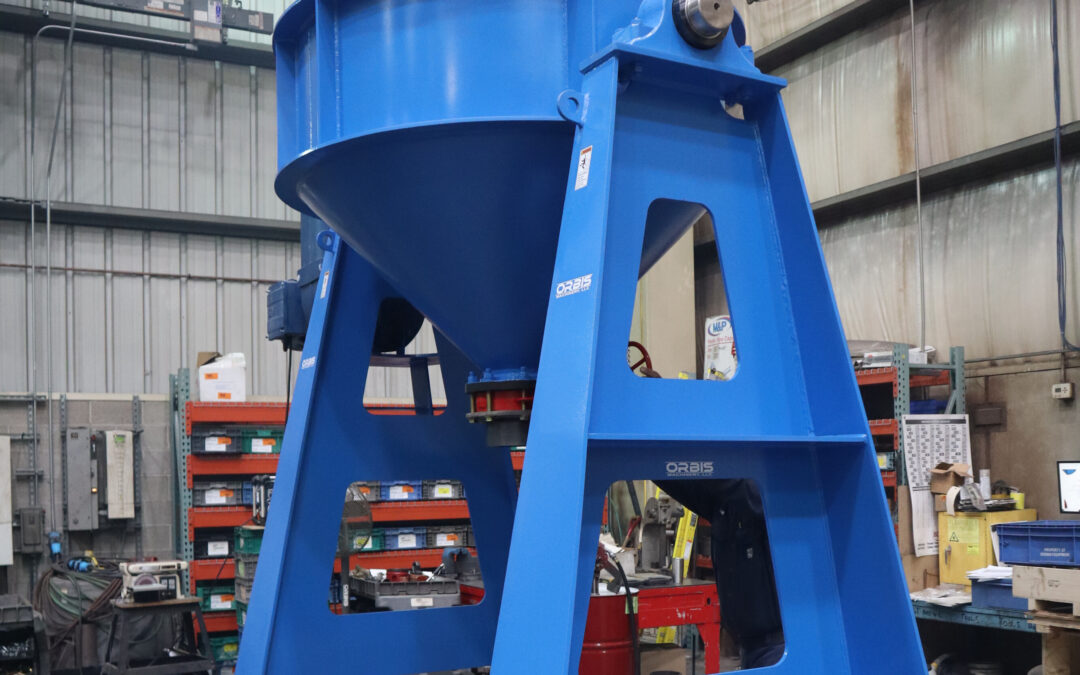More often than not, bulk solids are handled without the proper knowledge of the bulk solid equipment. As a result, flow problems end up slowing down the production process. Not to mention the fact that it increases the cost of the entire project.
With that in mind, if you are having troubles with your bulk solid equipment, then this article is at your best interest. The performance of bins, hoppers and feeders is sensitive to the nature of what content you are planning to move. Therefore, priority should be given to the physical properties while at the same time considering the operational requirements of the whole system.
One of the essential parts of flow is the flow regime that’s usually generated. This regime is compatible with your product since it dictates how your contents will be discharged. What’s more, if a feeder, bin or hopper is involved in the control of the flow, then you should consider it as an integral feature. This will help you determine the entire extraction pattern.
Understanding the Flow Regime
There are three common patterns in which your content will take shape:
-Funnel Flow
-Mass Flow
-Expanded Flow
Funnel Flow
Funnel flow occurs when some of the materials in a bin remains stationary while the rest keeps moving. This means that the walls of the hoppers are either not smooth or steep enough to let the materials flow along with them. Hence, the friction that occurs between the hopper walls and the bin are what inhibits sliding. In that case, it results in the formation of narrow flow channels that in most cases appear just directly above the outlet.
Therefore, with respect to the first-in/last-out flow sequence, it always occurs that the first material to enter the bin is always the last to get out. All in all, there could be a possibility of materials bridging over the outlet due to sufficient cohesive strength or formation of a stable rathole if the flow channel empties out. The rathole however can:
-Lead to failure of the structure
-Increase some of the segregation issues
-Cause materials to stagnate hence causing it to spoil or cake
-Reduce the usable capacity of the bin as well as its longevity
The funnel flow bins could either be conical or pyramidal in design. The funnel flow bins are famous for their suitability in holding coarse free-flowing materials that do not degrade easily. Also, they work best when there is no need for segregation.
The Benefits
-Reduced requirements for the headroom
-There are lower costs for fabrication
-It helps to save on height as well as cost
-Suitable for holding coarse free-flowing materials
Disadvantages
-There is a high risk of formation of ratholes or arches that can cause structural problems
-Hoppers will easily get ratholes and arching that make the discharge very unpredictable
Mass Flow
In most cases, mass flow occurs when the materials in the bin remain in motion even during withdrawal. In this case, the materials tend to slide along the walls of the hoppers. These walls are smooth and steep hence they overcome the friction that occurs between the bulk solid and the surface of the walls.
All in all, the outlet of the hoppers need to be large enough in order to prevent any cases of arching. That is because the mass flow alone cannot prevent arching. The good thing about the mass flow is that there is no likelihood of ratholes ever forming in the mass flow bin.
Therefore, the mass flow bins are ideal for materials that degrade or spoil, materials that segregate as well as fine powders and cohesive solids. Mass flow bins can either be conical or transiently wedged in style.
The Benefits
-In mass flow bins, there is no arching hence you are guaranteed of a stable flow
-There is less segregation since the density of the materials is stable enough at the outlet especially in feeders
-There are fewer chances of flooding since there are no stable arches
-The first-in, first-out particles happen to have the same time in the hoppers
Disadvantages
-The mass flow requires very tall geometries that may not fit in the installation rooms
-Mass flow does not work for just about any materials
Expanded Flow
This is generally the combination of both mass and funnel flow. Expanded flow, much like the funnel flow, will normally draw in product from the surface layer which will progressively form a cone angle shape. The effect is that freshly dumped content might end up flowing out faster than the contents surrounding the region of the flow channel.
The Shape of the Container
Bins
Bins are usually reserved for inexpensive and easy to flow contents unless you incorporate a collecting system. When a bin creates any flow stoppages, it will also affect the efficiency of the project. A gravity powered discharge is the best way to ensure flow from a bin when compared to flow aid devices. That’s because the devices are noisy and will definitely require maintenance from time to time.
Mass flow for bins is quite suitable for bulk materials, fine powders and any materials that might degrade over time without movement.
Hoppers
Here, the angle of mass flow majorly depends on the smoothness and steepness of the hopper walls. But you should also note that a pyramid-shaped hopper will always converge in two planes. Therefore, that means that these hoppers tend to have an even worse flow potential when compared to cones. That’s because the gully angle formed through the 2 converging surfaces have a lower compound inclination that tends to hold particles in the sharp gullies. This is also because of the restraining effect of the large surface area to the mass force developed by the local material.
Feeders
Feeders are useful when discharging a particular rate or materials reliably. Generally, feeders are integral when compared to the hopper system which is mostly considered to be a single system.
Feeders will typically meter solids at a certain controlled rate especially from a bin to a truck or any other destination. You will be able to handle your feeder properly if you understand the different feeder design techniques.
If you want to avoid flow problems, then you need to ensure you have the proper flow pattern. That will depend on the material you are planning to move, the flow pattern and the form of the container. One of the crucial parts of minimizing your costs and increasing your efficiency is the flow regime.



